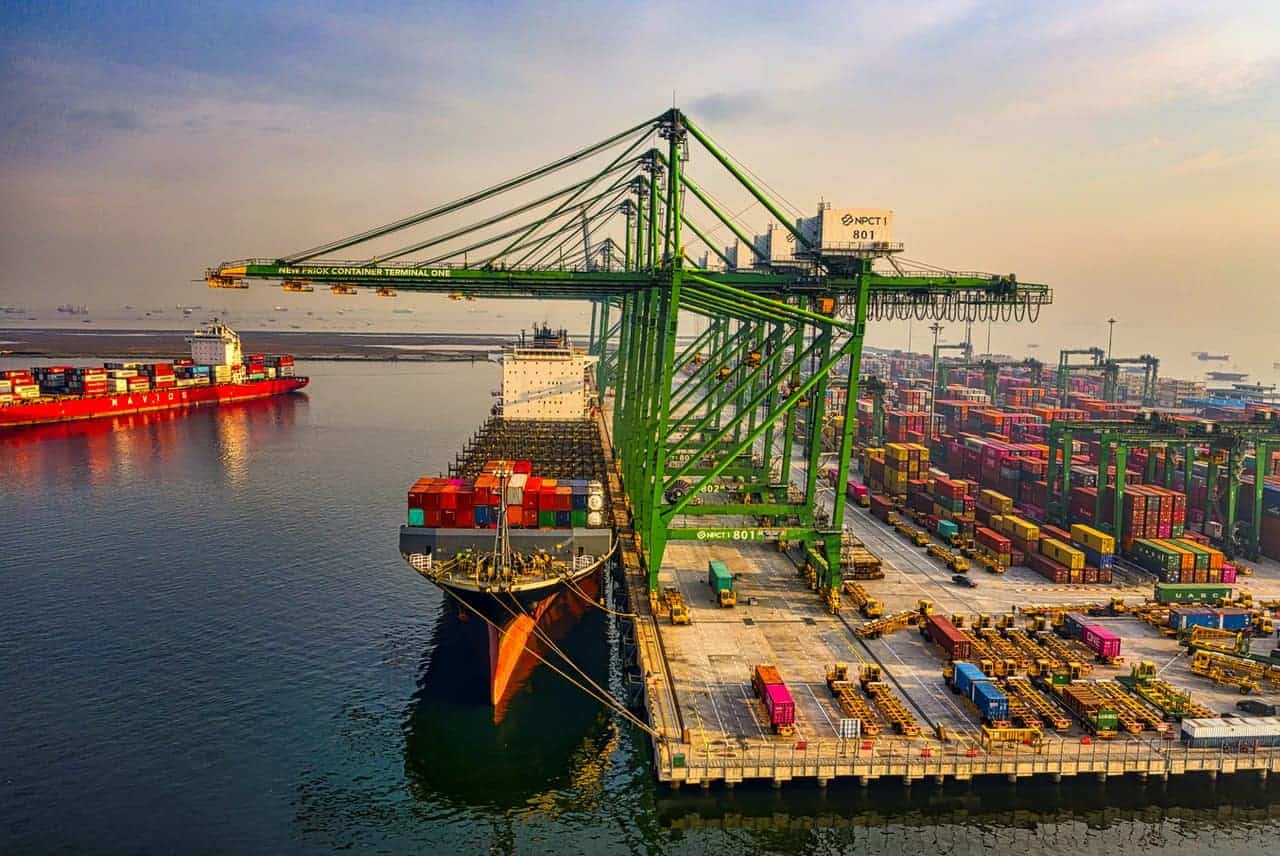Introduction:
As the global logistics industry continues to evolve, freight forwarding plays a critical role in ensuring the smooth movement of goods across borders. With new challenges and opportunities arising each year, it is important for freight forwarders to stay updated and adopt effective strategies. In this article, we will discuss essential tips for freight forwarding in 2022, highlighting key areas such as technology integration, sustainability, supply chain visibility, and regulatory compliance.
Embrace Technology Integration: In today’s digital age, embracing technology is crucial for streamlining freight forwarding operations. Implementing advanced software systems, such as transportation management systems (TMS) and warehouse management systems (WMS), can enhance efficiency and provide real-time visibility into shipments. Utilizing automation and artificial intelligence (AI) tools can help optimize processes, reduce errors, and improve customer service. Additionally, leveraging cloud-based platforms and data analytics can enable data-driven decision-making and enhance overall operational performance.
Focus on Sustainability: As the world becomes more environmentally conscious, sustainability should be a key consideration for freight forwarders. Implementing eco-friendly practices, such as optimizing shipment routes to reduce fuel consumption and emissions, utilizing alternative fuels, and adopting green packaging solutions, can contribute to a more sustainable supply chain. Collaborating with carriers and partners who prioritize sustainability initiatives can also strengthen your brand’s reputation and attract environmentally conscious clients.
Enhance Supply Chain Visibility: Supply chain visibility remains a top priority for freight forwarders in 2022. Investing in robust tracking and tracing systems allows for real-time monitoring of shipments, providing accurate information to clients and reducing the risk of delays or disruptions. Leveraging technologies like Internet of Things (IoT) sensors, blockchain, and RFID tagging can enhance end-to-end visibility, enabling better coordination and proactive problem-solving.
Stay Compliant with Regulations: Compliance with international trade regulations is crucial for freight forwarders to avoid penalties and ensure the smooth movement of goods. With regulations frequently changing, staying informed and updated is essential. Partnering with customs brokers, investing in compliance management systems, and maintaining strong relationships with regulatory authorities can help navigate the complexities of global trade regulations effectively.
Foster Strong Relationships: Building and nurturing strong relationships with carriers, suppliers, and customers is vital for successful freight forwarding operations. Collaborating closely with partners and maintaining open lines of communication fosters trust and facilitates efficient coordination. Strong relationships also allow for better negotiation of rates, improved service quality, and the ability to handle unexpected challenges effectively.
Prioritize Customer Experience: In an increasingly competitive market, delivering exceptional customer experience is a differentiating factor for freight forwarders. Providing transparent communication, timely updates, and proactive problem-solving enhances customer satisfaction and builds long-term partnerships. Leveraging customer relationship management (CRM) systems and gathering feedback to continuously improve services can help differentiate your freight forwarding business.
Adapt to Changing Trade Patterns: Global trade patterns are constantly evolving, influenced by various factors such as economic shifts, geopolitical developments, and changes in consumer behavior. Being aware of emerging trade routes, industry trends, and market demands allows freight forwarders to proactively adapt their strategies. Investing in market intelligence and collaborating with industry associations can provide valuable insights for identifying new opportunities and expanding business horizons.
Conclusion:
Freight forwarding in 2022 requires adapting to the ever-changing landscape of the logistics industry. By embracing technology, focusing on sustainability, enhancing supply chain visibility, staying compliant with regulations, fostering strong relationships, prioritizing customer experience, and adapting to changing trade patterns, freight forwarders can position themselves for success. By implementing these tips, forward-thinking freight forwarders can navigate challenges, seize opportunities, and provide efficient and reliable services to their clients in the dynamic world of global logistics.

